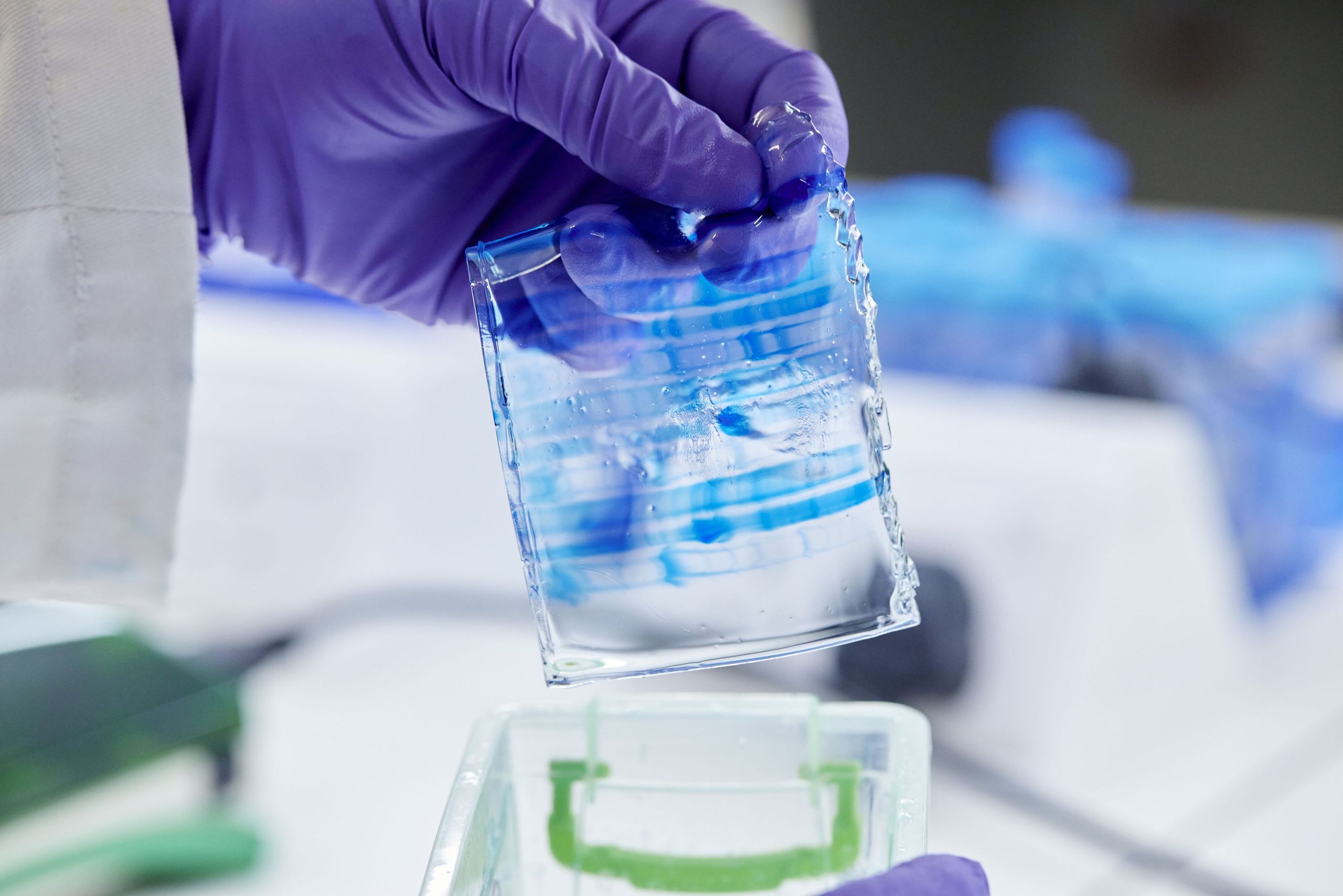In a world grappling with the urgent realities of the climate crisis, innovative solutions that can address environmental challenges efficiently and swiftly are more crucial than ever. before. Enter cell-free biocatalysts – a cutting-edge technology that holds immense promise for revolutionizing bio-based product manufacturing and tackling sustainability issues head-on. In this blog post, we’ll delve into why cell-free biocatalysts stand as a beacon of hope for a sustainable future, especially when compared to microorganism-based catalysis, and shed light on their potential to drive tangible change within the pressing timelines dictated by the climate crisis.
Cell-free biocatalysts: Paving the path from the climate crisis to a sustainable future

Micro-organisms: a stepping stone, but limited.
Part 1 – Microorganisms: A stepping stone, but limited
Microorganisms such as bacteria and yeast have long been employed as workhorses for bio-based chemical production. Their ability to convert raw material – ‘feedstocks’ – into valuable compounds has made them a cornerstone of biotechnology. Numerous startups like Amyris and Zymergen have ventured into harnessing microorganisms’ potential for sustainable product manufacturing — but failed to materialize in chemical production at scale. Deeper analysis reveals that while these microorganism-based approaches offer promise, they come with inherent limitations that impede their ability to meet the accelerated demands of the climate crisis. Here are some of the key reasons why:
Capital Expenditure (CAPEX) Costs: Microorganisms require dedicated fermentation facilities with controlled environments, requiring substantial upfront investments. In contrast, cell-free biocatalyst systems can be deployed with significantly lower CAPEX costs, making them more accessible for rapid implementation.
Operating Expenditure (OPEX) Costs: Maintaining optimal growth conditions for microorganisms necessitates continuous monitoring, energy consumption, and resource-intensive processes. Cell-free biocatalysts, on the other hand, circumvent these OPEX-intensive demands as they dispense with the need to maintain these life-sustaining conditions—making them more economically viable in the long run.
Robustness of Scale: Scaling up microorganism-based processes often introduces challenges related to maintaining uniform conditions, susceptibility to contamination, and overall system stability. Cell-free biocatalyst systems exhibit greater scalability, offering robust and reliable performance across varying demands in a form that is highly transportable—and near invulnerable to the typical frailties of cell-based systems.
Feedstock Conversion Efficiency: Microorganisms’ metabolic pathways are subject to inherent bottlenecks and limitations, affecting their efficiency in converting feedstocks into desired products. Cell-free biocatalysts, being enzyme-based systems, can be fine-tuned and optimized to achieve higher feedstock conversion rates, leading to increased overall efficiency.
Production throughput of Flow Biocatalyst Systems vs. Batch Microorganism Systems: Flow-based cell-free biocatalyst systems enable continuous operation, resulting in higher throughput and reduced production cycle times compared to the batch processes typically associated with microorganisms.
